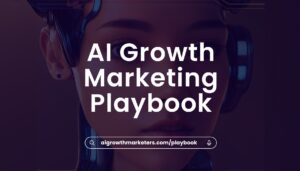Unlocking the power of AI in marketing begins with mastering prompt engineering. In this guide, you’ll learn the essentials of using Large Language Models (LLMs) like ChatGPT, crafting prompts for marketing tasks, and tips to tailor AI for your unique needs. Whether you’re new to AI or looking to refine your skills, this guide offers practical steps to elevate your marketing strategy.
1. Introduction to Prompt Engineering
What are LLMs and ChatGPT?
Large Language Models (LLMs) like ChatGPT are advanced AI systems trained on vast amounts of text data. They generate human-like text based on the prompts you provide. These models can understand and create content, answer questions, summarize information, and more. In marketing, they are invaluable for tasks such as content creation, customer engagement, and market analysis.
Use Cases for Prompt Engineering in Marketing
Prompt engineering in marketing involves crafting specific inputs that guide AI to produce desired outputs. This technique can be used to generate compelling ad copy, create personalized email campaigns, and automate customer service interactions. For example, by instructing ChatGPT to “Create an email promoting our new product line focusing on eco-friendly benefits,” marketers can quickly produce content that resonates with their audience.
2. A Simple Prompting Framework for Beginners
A simple Prompting Framework includes four key elements: Instruction, Output, Input, and Context. Let’s explore these with a concrete example.
2.1 Instruction
Example Prompt: "Write engaging blog post paragraphs introducing our new eco-friendly product line using the details provided in the input."
The instruction is the core task you want the AI to perform. It’s essential to be clear and concise. Here, the instruction is to write a blog post, which directs the AI’s focus. It can be as specific as it gets.
2.2 Output
Example Prompt: "Format the blog post in a conversational tone with three key sections. Write a total of at least XXX words per section."
Specifying the output format ensures the generated content meets your expectations. By asking for a conversational tone and a specific structure, you guide the AI to produce a more useful response.
2.3 Input
Example Prompt: "Use the following product details: 'Biodegradable materials, 50% energy savings, affordable pricing.'"
Input refers to the additional data or information that the AI needs to perform the task effectively. By providing product details, you ensure the AI includes essential information in the generated content.
2.4 Context
Example Prompt: "Target audience is eco-conscious consumers looking for sustainable options."
Context helps the AI understand the broader situation or audience for the task. In this case, knowing the target audience allows the AI to tailor the content to resonate more effectively with potential customers.
By following this framework, you can start crafting effective prompts that yield better results.
3. Useful Prompting Techniques
To enhance the effectiveness of your prompts, you can leverage various techniques:
- Output Templates: These allow you to define a structure for the output, such as
- “List the benefits of our new product line in bullet points.”
- Tabular Format: If you need organized data, prompt ChatGPT to
- “Present the product comparison in a table format.”
- Iteration: Continuously refine your prompt based on the output. For instance, after receiving a draft, you might ask
- “Shorten the introduction and add a statistic.”
- Act As: Instruct ChatGPT to
- “Act as a marketing consultant and provide feedback on this campaign strategy.”
- Follow-Up Questions: Keep the conversation going by asking
- “What are the next steps to implement this strategy?”
- Criticize Me/Yourself: Encourage the AI to be self-reflective
- “Criticize the weaknesses in this ad copy and suggest improvements.”
These techniques help in shaping the output more precisely, ensuring the generated content aligns with your goals.
4. Make it Tailored for You – Customize ChatGPT
Custom Instructions in ChatGPT allow you to personalize interactions further.
What Would You Like ChatGPT to Know About You to Provide Better Responses?
You might inform ChatGPT, “I work in digital marketing, focusing on eco-friendly products.” This background helps the AI tailor its responses to your specific industry and needs.
Personal Background: I work in digital marketing, in my 30s, and have a college degree.
Professional Experience: I have been focusing on eco-friendly products.
Technical Proficiency: Familiar with digital marketing and MarTech tools
Communication Preferences:: I like friendly and simple talk, short explanations, and lists of information.
How Would You Like ChatGPT to Respond?
You can specify your preferred communication style, for example, “Respond in a concise, professional tone with actionable insights.”
Tone: Informal, friendly, professional, empathetic
Detail Level: Summaries first followed by detailed explanations
Complexity: Simple and Easy to Understand
Examples and Analogies: Use Real-Life and relatable Examples
You may also include some brand voice characteristics here.
By using these custom instructions, you can make ChatGPT a more effective tool, aligned with your unique preferences and goals.
5. Advanced Topics
Once you’ve mastered the basics, you can explore more advanced aspects of prompt engineering:
- Create Your Own GPT: Customize an LLM to better fit your brand’s voice and needs. This involves training a model with specific data relevant to your business.
- Image Recognition: Combine text prompts with image recognition to generate content that integrates visual elements, such as describing product photos.
- Structured Outputs: Use prompts that generate content in a specific format, like JSON or XML, to integrate seamlessly with other software systems.
- Finetuning ChatGPT: Further train the model on your proprietary data to improve its performance in niche areas, making it even more valuable for your business.
- ChatGPT APIs: Integrate ChatGPT with your marketing platforms via APIs to automate content generation and customer interactions at scale.
We have specific articles and case examples to cover these advanced topics throughout the Playbook.
Summary
Prompt engineering is a powerful tool in the modern marketer’s toolkit. By mastering the basics—understanding LLMs, using a structured prompting framework, and leveraging advanced techniques—you can significantly enhance your marketing efforts. Start simple, customize for your needs, and explore advanced possibilities to unlock the full potential of AI in your strategy.
For more in-depth resources, check out these references:




